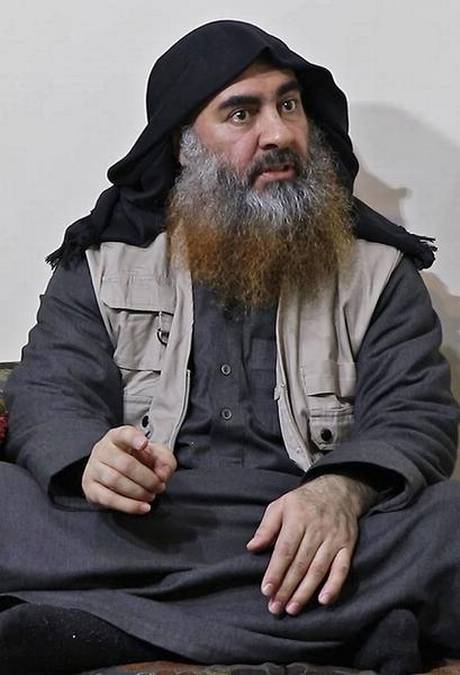On October 26, the U.S. announced that the Islamic State leader, Abu Bakr al-Baghdadi, was killed, in an apparent suicide detonation during a raid at his house in Idlib, Syria. Baghdadi was the leader of the IS insurgency since its inception and had executed many gruesome attacks in Iraq, Syria and elsewhere. His death is widely expected to weaken the global IS structure, including in its wing in Afghanistan.
The Islamic State of Khorasan Province (ISKP), as the Afghan IS is referred to, has been on the rise for the last few years. Largely concentrated in Nangarhar in eastern Afghanistan, the group has carried out several suicide attacks, primarily targeting the country’s minorities. Of the 5,117 civilian casualties reported by the UN this year, 1,013 were attributed to the ISKP, including the suicide bombing at a Hazara Shia wedding ceremony in August in Kabul that resulted in the death of more than 90 people.
A struggling insurgency
The rise of the IS in Afghanistan, a country ravaged by conflicts, is a complicated one. The IS is still a struggling insurgency that’s fighting several battles at the same time. “While the larger ideology of the group has managed to find some in-roads into the radicalised segments in Afghanistan, the lack of a nationalist sentiment, such as that offered by the Taliban, has prevented it from growing stronger,” according to Omar Sadr, Assistant Professor at the American University of Afghanistan in Kabul. “The ideological influence is there, they [ISKP] haven’t been able to locate themselves within the social and cultural fabric of the Afghan society. Here, it is much different socially, tribally, and ethnically, compared to Iraq and Syria, and that is why they have had challenges in finding a stronghold here,” Mr. Sadr added.
Read full report on The Hindu
